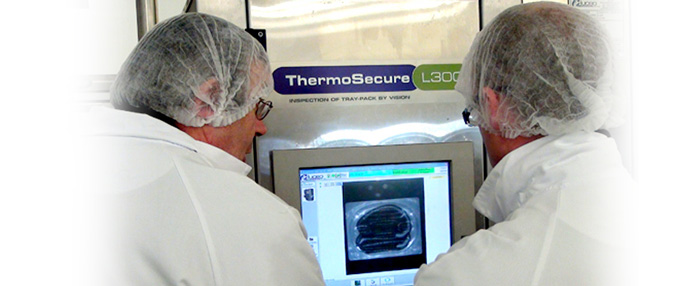Food wastage: Vision control is used to curb scrap
A study conducted by the European Community in 2010* showed that 39% of foodstuffs were unnecessarily lost each year in production plants. This initial estimate, which will need confirmation by additional studies, poses not only the question of the role that manufacturers can and want to play in reducing food waste, but also that of increased competitiveness which could be generated by minimising their losses.
Scrap related to a packaging or label defect: unnecessary losses
Today, the food industry cannot avoid considering the visual aspect of the product; the consumer is still too greatly attached to it. So it is impossible to avoid selection, and consequently a certain amount of loss, in raw materials. But as soon as the product corresponds to customer expectations, any scrapping in the upstream packaging process is an unnecessary loss. So this stage in the manufacturing process must be the focus of efforts to prevent waste.
Vision inspection: non-destructive inspection in real time
The quality control of packaging is conducted mostly by statistical sampling. This type of control has two main disadvantages in relation to food waste: it is a destructive control as the samples taken will be lost, and it is also a sequential control that can lead to production being isolated for several hours, which must then be reprocessed or scrapped. However, with vision inspection, each packaging item is individually controlled and the defective products are removed one by one from the production line. Real time inspection also identifies any drift in the production tool and is used to act rapidly to correct the problem.
White zone control to allow for repackaging
When the product is compliant but the packaging is defective: must it be scrapped? Unfortunately, manufacturers do not have the choice when the defect is noticed outside the white zone. This is why the vision inspection machines can be adapted and now have a hygienic design so they can be installed more upstream in the production line. Defective packaging can thus be ejected within the white zone, which means that the products they contain can be saved.
More about vision inspection technology
*Preparatory study on food waste across EU 27 – Bio Intelligence Service – October 2010
http://ec.europa.eu/environment/eussd/pdf/bio_foodwaste_report.pdf






Leave a Reply
Want to join the discussion?Feel free to contribute!